Nationality American Known for Abstract expressionist | Name Cleve Gray Role Painter | |
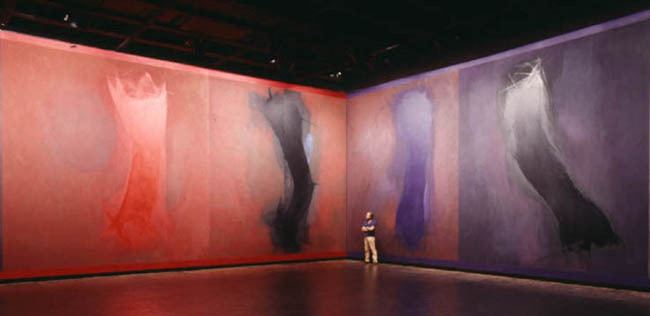 | ||
Artwork Storm Over the Valley, Roman Walls #70, Letting Go #8 Children Thaddeus Ives Gray, Luke Alexander Gray Similar People Francine du Plessix Gray, Helen Frankenthaler, Mark Rothko, Jackson Pollock, Clyfford Still | ||
Cleve gray
Cleve Gray (September 22, 1918 in New York City – December 8, 2004 in Hartford, Connecticut) was as an American Abstract expressionist painter, who was also associated with Color Field painting and Lyrical Abstraction.
Contents
- Cleve gray
- Cleve gray the gestural in abstract expressionism
- Biography
- Training
- Arizona
- World War II
- Post war
- Connecticut
- Career
- Death
- Publications
- Museum collections
- References
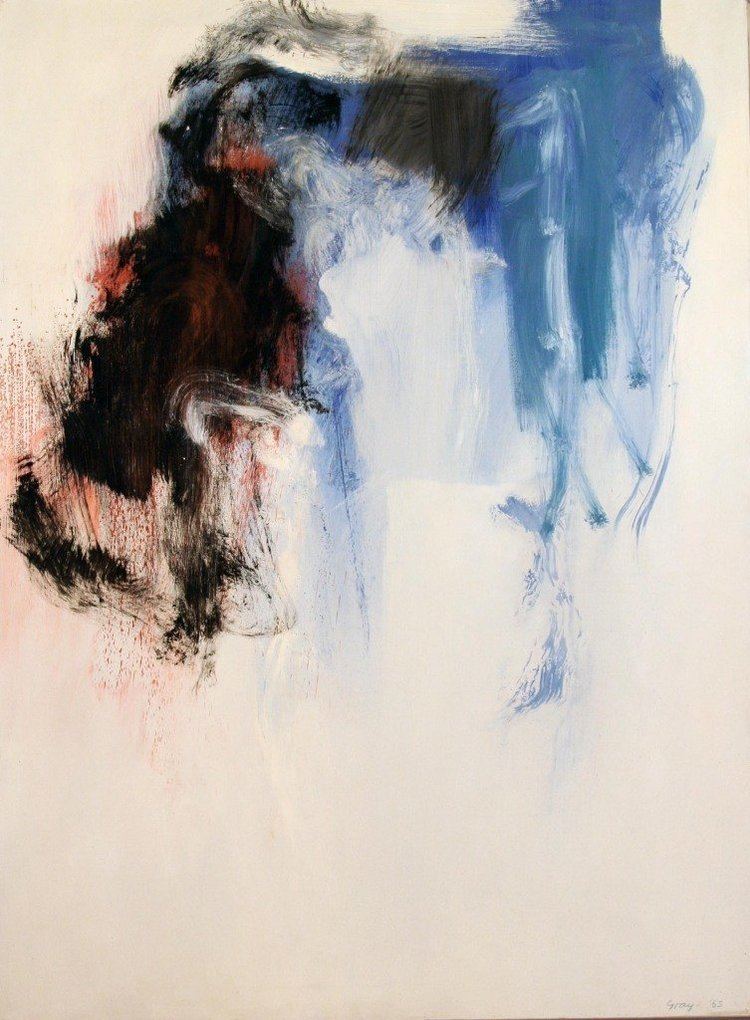
Cleve gray the gestural in abstract expressionism
Biography
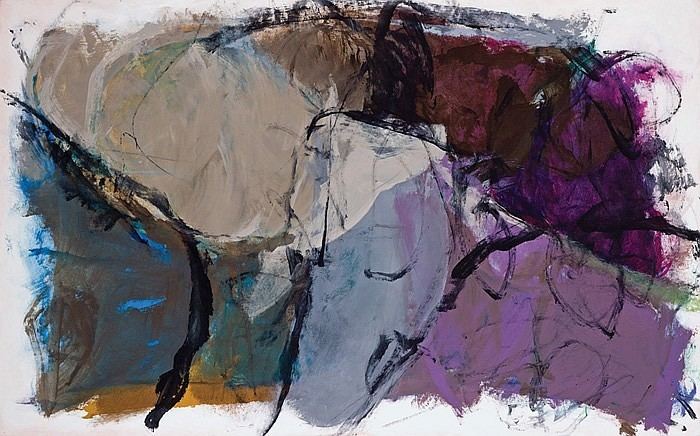
He was born Cleve Ginsberg. The family changed their name to Gray in 1936.
Training
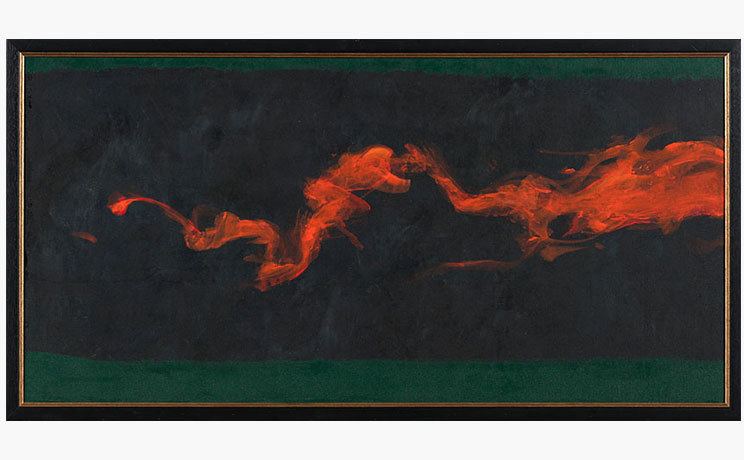
He attended the Ethical Culture School in New York City (1924–1932); and from age 11 to age 14 he began his formal art training with Antonia Nell, (who had been a student of George Bellows). At 15 until the age of 18 he attended the Phillips Academy, in Andover, Massachusetts; where he studied painting with Bartlett Hayes and won the Samuel F. B. Morse Prize for most promising art student. In 1940 he graduated from Princeton University summa cum laude, with a degree in Art and Archeology. He was a member of Phi Beta Kappa. At Princeton he studied painting with James C. Davis and Far Eastern Art with George Rowley, for whom he wrote his thesis on Yuan dynasty landscape painting. Gray retained a lifelong passion for Asian art after focusing on it at Princeton.
Arizona
After graduation in 1941 he moved to Tucson, Arizona. In Arizona he exhibited his landscape paintings and still lifes at the Alfred Messer Studio Gallery in Tucson.
World War II
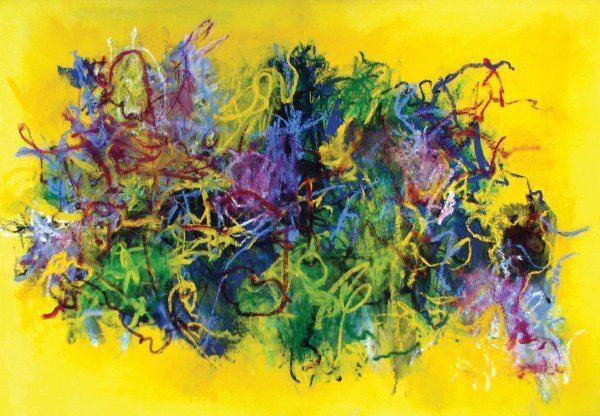
In 1942 he returned to New York and joined the United States Army. During World War II he served in Britain, France and Germany. In Germany he sketched wartime destruction. After the liberation of Paris he was the first American GI to greet Pablo Picasso and Gertrude Stein. He began informal art training with French artists André Lhote and Jacques Villon. He continued his art studies in Paris after the war.
Post-war
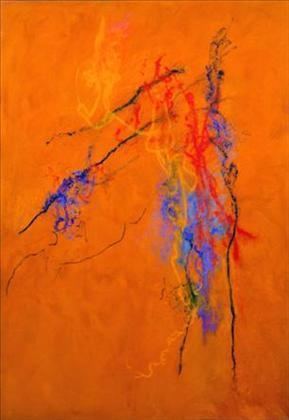
He returned to the United States in 1946. During the Post-war period he began to exhibit his work at the Galerie Durand-Ruel in Paris, and he had his first solo exhibition at the Jacques Seligmann Gallery in New York in 1947.
Connecticut
In 1949 he moved to the house his parents had owned on a 94-acre (380,000 m2) property in Warren, Connecticut, and lived there until his death. He married the noted author Francine du Plessix April 23, 1957. They worked in studios in separate outbuildings separated by a driveway.
In the 1960s, after forming a friendship with colleague Barnett Newman, Gray moved on from his tendencies towards French inspirations and was able to find his own unique style which he used over his last 42 years.
Career
He was a veteran of scores of exhibitions beginning in Paris and recently in 2002 at the Berry-Hill Gallery in New York City. His paintings are in the collections of numerous important museums and institutions. In 2009 art critic Karen Wilkin curated a posthumous retrospective of his work at the Boca Raton Museum of Art.
Death
His wife of 47 years, writer, Francine du Plessix Gray reported that he died of "massive subdural hematoma suffered after he fell on ice and hit his head."
